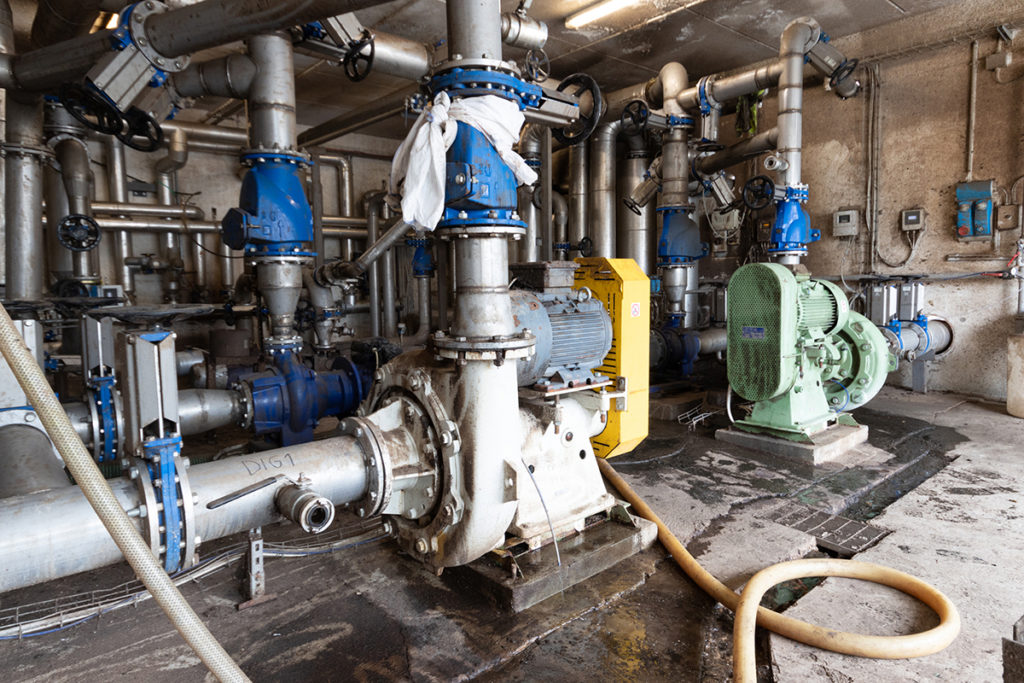The way the urban bio-waste is treated represents a challenge and a great opportunity all over the world. The organic fraction usually constitutes the dominant part of our waste. Statistics confirm that worldwide it accounts for 46%, up to 64% in developing countries, while it drops to 28% in higher-income ones.
 The organic fraction of municipal solid waste (OFMSW) includes food and kitchen, leaves, grass and flower cutting and yard waste. Especially the first constitutes a significant part of this organic material.
The organic fraction of municipal solid waste (OFMSW) includes food and kitchen, leaves, grass and flower cutting and yard waste. Especially the first constitutes a significant part of this organic material.
Urban bio-waste improperly treated produces environmental pollution, can pose a risk to human health and it increasingly requires more space for their disposal.
On the other hand, the recycling of bio-waste represents a desirable alternative to landfill. If properly treated, urban bio-waste can be used to produce biogas or compost, by transforming a potential garbage into a precious resource.
The European Commission recently adopted an ambitious circular economy package, which includes measures to guide Europe’s transition towards this economic model: one of the various objectives of the EU countries plans to recycle 65% of urban bio-waste by 2030 and to dispose of a maximum of 10% in landfills.
To achieve these objectives, the technologies applied to the treatment of urban organic waste become a real strategic resource and allow to fully exploit the recycling potential of the urban bio-waste generated by a large number of activities.
What are the treatment plants?
All treatment plants of urban waste tend to be organised in the same way: there is an area for the reception of waste, another for pre-treatment and mixing, a third area for the actual treatment (which can be different, according to the final product of the recycling process and the type of plants) and finally the storage area of the final product.
The plants mainly differ in the type of treatment, which can be:
- Mechanic;
- Thermal;
- Chemist;
- Biological and biochemical;
- Ultrasound;
- Microwave;
- High voltage pulse discharge.
What are the stages of the OFMSW treatment?
The OFMSW treatment takes place in special plants in various stages that may partly differ depending on the type of product to be obtained from recycling, such as compost or biogas.
The stages that are common to the two production paths are:
- Receipt of materials;
- Pretreatment and mixing.
In the first stage, the OFMSW enters an area of the plant, which is generally composed of a weighing machine for the incoming material and an unloading area. The latter can be buried to avoid the dispersion of unpleasant odours.
The preliminary treatment phase mainly performs two functions:
- Eliminating any foreign materials (e.g. plastics, sands, etc.), which could sediment and create clogging problems;
- Preparing (by shredding, diluting or adding structuring matrices) a substrate with a dry matter content that is compatible with the final product and with the adopted technology. For example, in compost production, wood and cellulose waste, previously shredded, is added.
In this case, the OFMSW treatment continues with the stages of:
- Bio-oxidation;
- Maturation;
- Refining and storage.
At what stage are our pumps used and why?
Let’s now analyse in detail at what stage our pumps are used and why.
The technologies used in the treatment of urban organic waste represent a crucial factor in being able to make the most of their recycling potential, reducing environmental impact, health risks and land consumption for disposal purposes.
T +39 02 250731
peris@pemo.com
https://www.pemopumps.com

